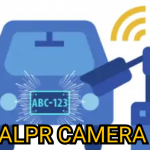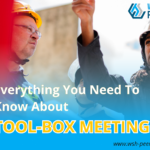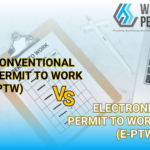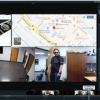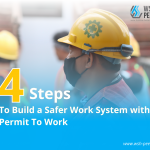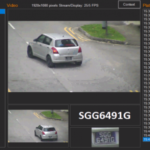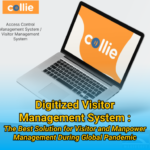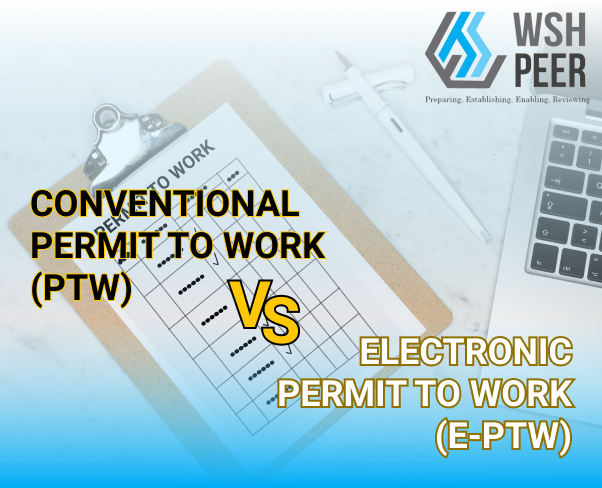
Industrial work sites are full of hazards - the spray of sparks from welding, corrosive chemicals, energized electrical conductors, confined spaces, loose valve fittings, the list goes on and on. And sometimes “little” incidents can turn into Major Accident Hazards if not properly addressed. Therefore, Permit To Work (PTW) is an important element for an effective and efficient work safety and health management system.
With technology continuously growing, we’re able to make almost everything digital. And now we are introduced with electronic Permit to Work or e-PTW. But, what’s the difference? And how will it affect our business? We will inspect both methods in a few categories and we will determine what the benefits we will get. We will use WSH-PEER for this comparisons. WSH-Peer offered us tons of module that we can use including E-PTW.
1.Time Consumption
By most procedure, Permit to work usually have 3 stages first is the application of PTW, including submission of prerequisites document, and checklist submission, then the PTW applicant should send the document to the Assessor to get assessed, afterward, the Assessor will send the document to the Approver to get approval. When the PTW is approved by the approver, the applicant will get informed to do the activity related.
So, judging by the procedure, Conventional PTW will consume a lot of time for logistically sending the document back to back. Whilst in E-PTW on WSH-Peer, Applicant will be able to submit the documents needed and ptw application online, and the Assessor will get notification from their device (you can use any device you want , from phone, tablet or laptop) upon the ptw submission, then they can assess the ptw submitted and endorse the ptw digitally to approver and it will send a notification to approver to read and give the approval. The applicant will get notification when the ptw is approved and should be able to do the activity related. The Applicant is also able to check the status of the PTW they submitted with Real-time update. So in this case, e-PTW will save us a lot of time.
TRY WSH-PEER now !
2. Cost incurred
According to common construction companies , each conventional PTW requires more than 20 pages of paper , including daily checklists and prerequisites. A PTW can be used only for 1 activity daily. While the common construction companies are doing more than 3 activities each project in a day, so, by calculation, for PTW only, a company will need more than 60 pages of paper for each project in one day and about 1.380 pages each project in a month.
E-PTW on the other hand, makes us able to fill the forms and send the documents digitally. It’s completely paperless. Therefore, we can say that E-PTW is also cost effective.
3. Data Safety and Storage
With this much paper we use in conventional PTW, we can assume that we need enough storage to store our document. Easy to store yet takes time to sort, and if we want to revisit our old document, it will take time to find it. While with WSH-Peer, Our E-PTW is stored automatically in cloud and accessible anytime and anywhere. We can access it from home or office, WSH-Peer also has a filter feature that we can use for easier document search.
TRY WSH-PEER now !
Conventional PTW will be stored and sorted by an authorized person in some administration room, usually stored on a shelf or so. With this method, we can’t guarantee your data will be safely saved.In some cases, data loss may occur due to human error or because of unexpected events like fire, flood, and more. While WSH-Peer safely stored your data in cloud to prevent data loss. With user management on WSH-PEER, we can also set limitation access to the data for authorized users, to prevent data leakage.
Conclusion
We can’t deny that technology can make our life easier and there are a lot more benefits we can get using technology. Handling a construction project or managing high-risk activity is a serious job because failing to do the procedure correctly can create a fatal result. Therefore we need technology for effective management.
Permit to work (PTW) is an important procedure that should be done before the activity begin to ensure that the activity we want to do is safe and risk minimized. With all comparison between Conventional PTW and Electronic PTW, also the benefits we can get using E-PTW, we’re strongly recommend to use e-PTW.





